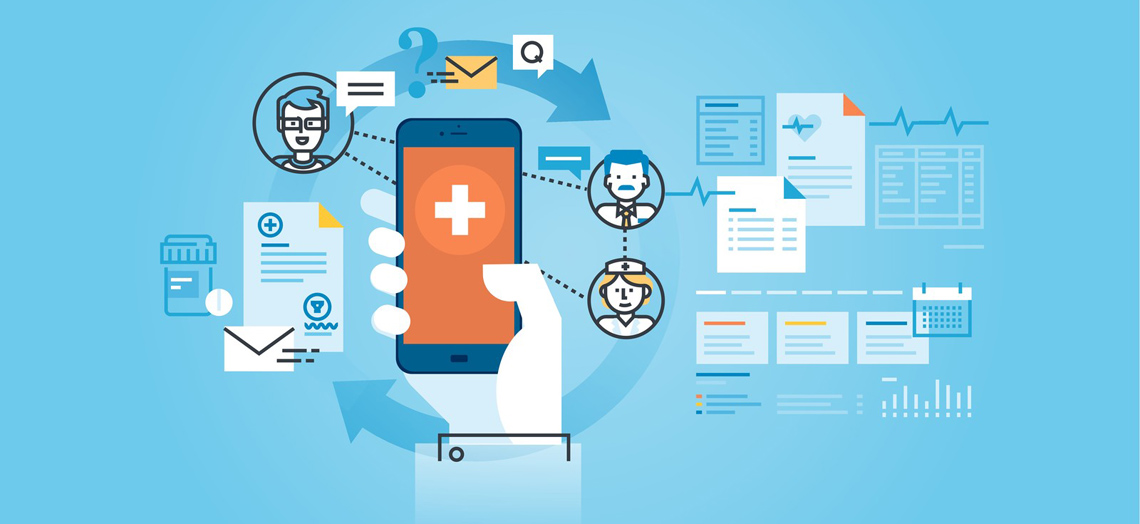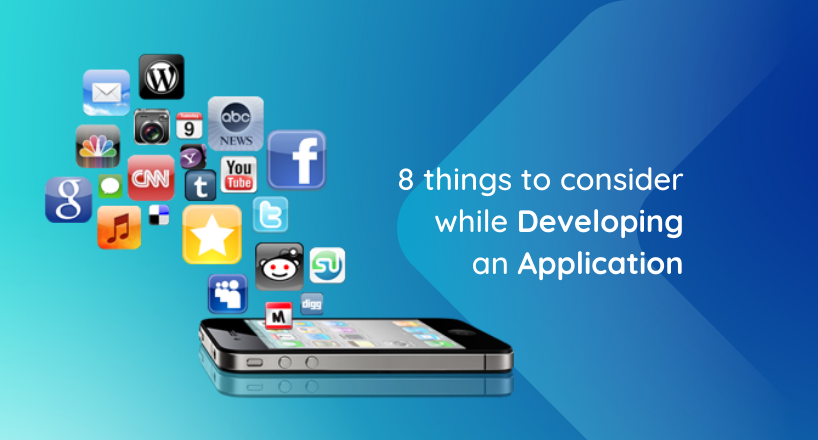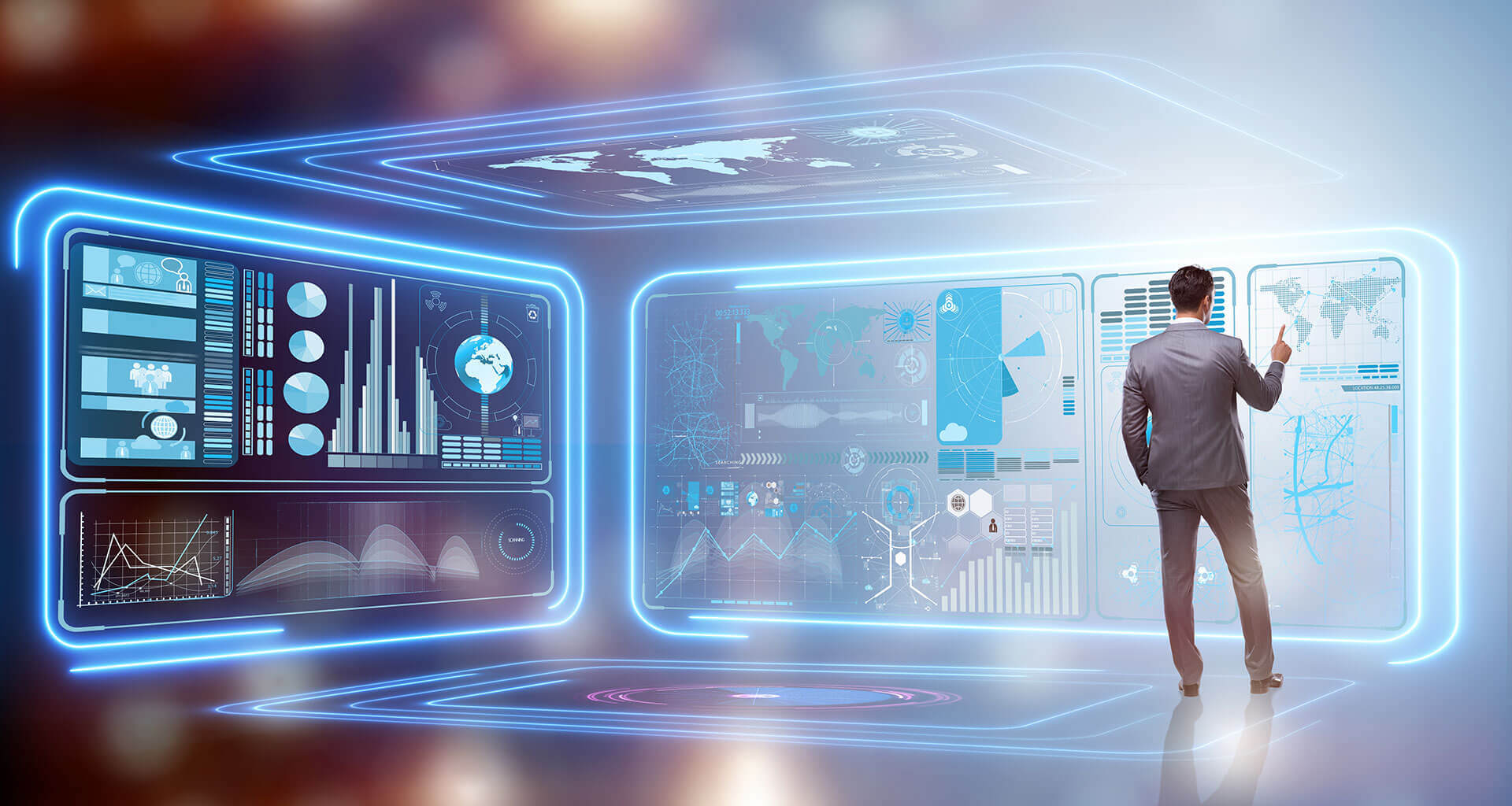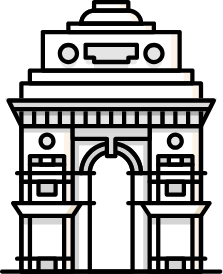© Copyright 2022 CodeEpsilon Services - All Rights Reserved.
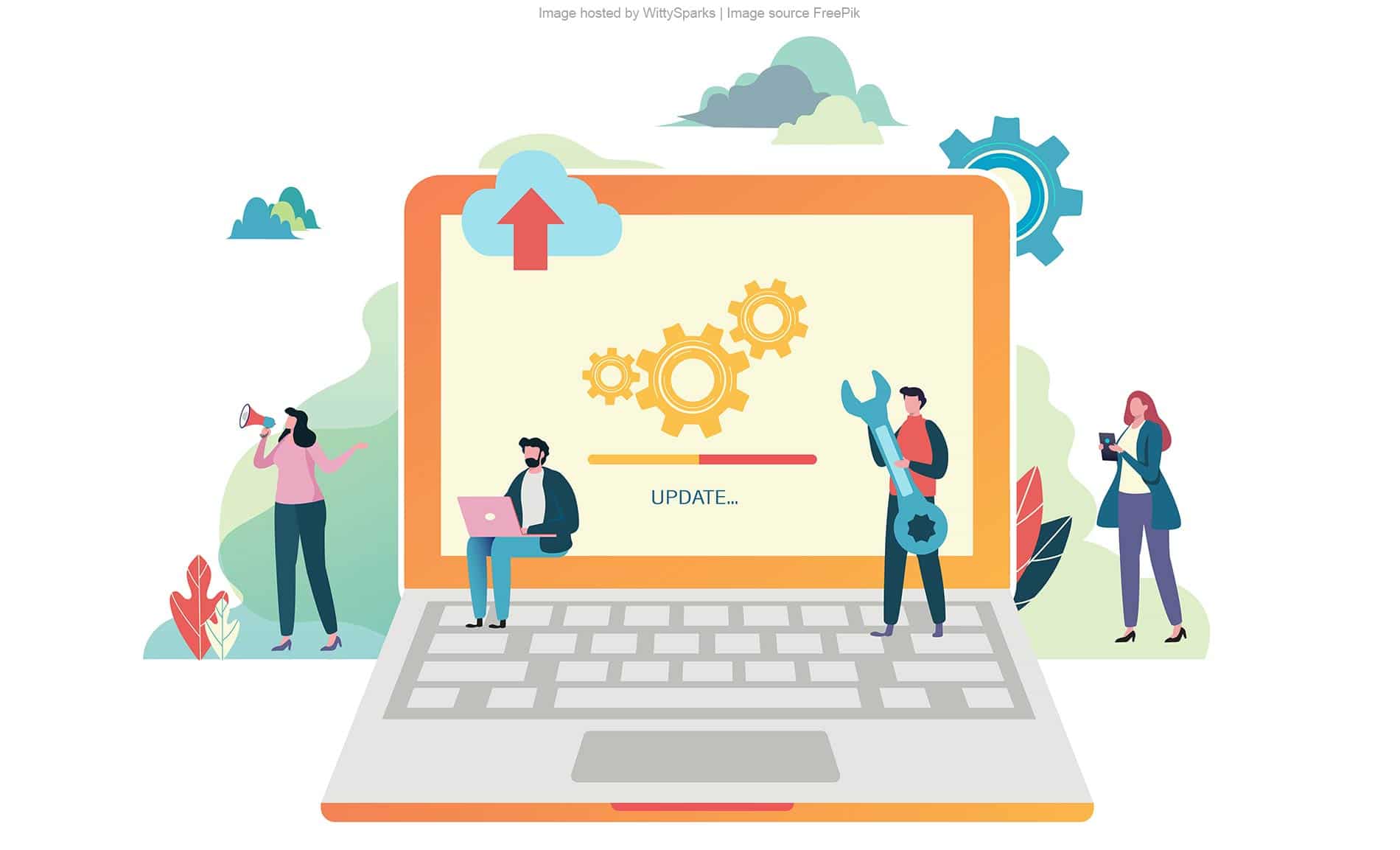
TABLE OF CONTENT
- Process of application maintenance
- Cost of application maintenance
- Conclusion
So now you have a clear-cut idea about what is application maintenance? Now let us discuss what is the process of application maintenance?
After the development and implementation of an application now comes the part of application maintenance. Generally for application maintenance owners hire analysts for analysis of the application daily. There is a document developed known as analyst ADR document.
In this document, the details of application functioning and the development process of the application are mentioned. This document serves as a checklist for the analyst and also as a historical record of the project.
For any changes in the application analysts first request a change to the developer. From this, the process of application maintenance starts.
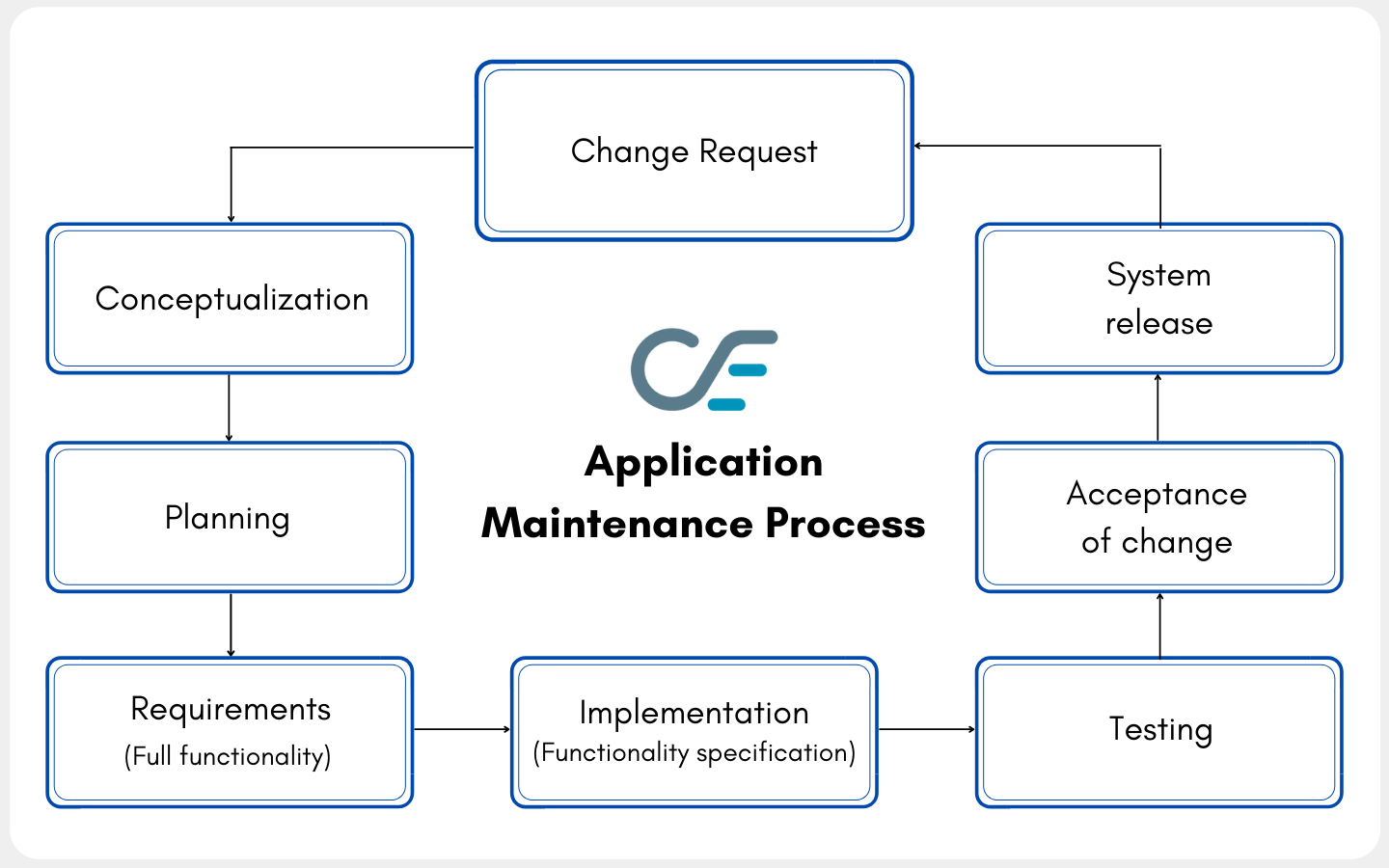
Process of Application Maintenance.
1. Conceptualization
After the request of change the developer conceptualizes the request and analyzes “why” this request is made. In other words, what is the problem? And what is the impact of this problem or request?
For this step generally, the developer consults the analyst about the root cause of the problem for knowing the desired solution of the request. After that, the developer creates a document in which the whole details of the change are mentioned. This document is submitted to analysts for ensuring that the change is well understood by them or not.
2. Planning
The analyst will work with the developer for laying out the plan of the change request. In this stage, the roadmap of the request is mentioned. The plan narrates the proposed solution for the request.
In this stage, the details of all the new or modified processes, modules, and necessary reports are mentioned and then submitted to the analyst for ensuring that the solution is viable and they have correctly addressed the request.
3. Requirements (full functionality)
After planning the full set of requirements is developed and examined by the analyst and developer.
In this stage, every functionality is given a component that describes each functionality and process flow. The component should not only include the process occurring within the module in the question, it also mentions the impact of the component on other functionalities, both inside and outside of the application.
After the completion of requirements, the developer will share the components with the analyst for ensuring that the request is addressed properly or not.
4. Implementation (functionality specification)
After the requirements are examined the implementation of the functionality is made by the developer. This stage includes the implementation of functionalities into its modules, mentioning the details of the logic and processing of each component.
The implementation of new functionalities is made in such a way that there is minimum impact on the existing functionalities.
After the implementation of functionalities, the developer will share the implementation with the analyst.
5. Testing
After implementation, the application is tested for ensuring the change is implemented properly or not. The developers are intended to run testing until there is minimum termination of the error and the error has been eliminated. All the functionalities should be tested with utmost satisfaction also the functioning of buttons, labels, and so forth. The analyst should maintain a document that mentions that the program is running according to the levels mentioned in the plan document.
User testing should be encouraged because ultimately the application is used by the users. The analyst should work with the developer for ensuring that user testing is performed. In most cases, analysts use new software that is in a pre-production environment for testing and supporting this update.
6. Acceptance of changes
After testing the user accepts the ongoing change and suggests modification in change. The feedback of users is considered and worked upon. Feedback is very much useful for considering the desired change and for any modification of the change.
7. System release
After testing the user, the final update is rolled out in the application. This process is repeatedly done throughout the application life cycle.
Application Maintenance cost
The cost of application maintenance is high but it can’t be neglected because without maintenance your application is just like a bare building without any furniture or without any decoration which no one wants to live.
The cost included in application maintenance is due to multiple factors and may vary according to specific situations. The older the application the more cost it has to bear for being compatible across all the platforms because the technologies and coding are evolving day by day. Maintaining an old application according to the latest technology in the market can be an exceptionally expensive process in many situations.
In addition to this sometimes developers will not be able to address the change directly. This situation is dealt with by a trial and error process.
Conclusion
For developing a new application or maintaining the old one. Along with the development the maintenance of the application has to be considered. For application maintenance, it is essential to know the process and the cost of the application. This process of application maintenance is run throughout the life cycle of the application. If the application maintenance is neglected the application might become useless or obsolete over time.
CodeEpsilon is a custom software development company offering a wide range of application maintenance services. We are a team of professional developers with experience of 7+ years in the IT field. We have successfully developed and maintained 100+ applications. Let’s start your application journey with CodeEpsilon. Contact us.
